News
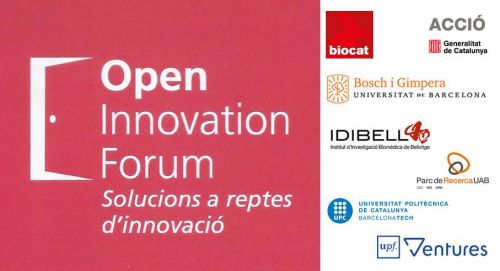
14/12/2018
The Open Innovation Forum matches business challenges to academic solutions
The Open Innovation Forum matches business challenges to academic solutions
The Open Innovation Forum is an Open Innovation Program promoted by the main Catalan universities that gives companies the opportunity to launch their innovation challenges and obtain solutions from academic research centers.
Among the 7 institutions that initiated this forum, let’s point out the UAB University Research Park (PRUAB): for many years, with for example its generating ideas program (en Catalan) sponsored by Barcelona Synchrotron Park, PRUAB works actively to encourage companies to make use of the creative wealth of UAB researchers to find answers to their technological challenges.
Throughout 2019, the Open Innovation Forum's online platform will remain open to receive challenges and solutions and will match them.
This initiative is open to any company with innovation needs and research groups from universities and technology centers interested in applying their research results.
Among the 7 institutions that initiated this forum, let’s point out the UAB University Research Park (PRUAB): for many years, with for example its generating ideas program (en Catalan) sponsored by Barcelona Synchrotron Park, PRUAB works actively to encourage companies to make use of the creative wealth of UAB researchers to find answers to their technological challenges.
Throughout 2019, the Open Innovation Forum's online platform will remain open to receive challenges and solutions and will match them.
This initiative is open to any company with innovation needs and research groups from universities and technology centers interested in applying their research results.
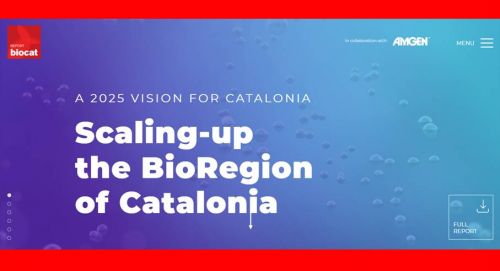
07/12/2018
2017 BioCat report: The best of the Bioregion of Catalonia
2017 BioCat report: The best of the Bioregion of Catalonia
The bioregion of Catalonia is an international reference bioregion as the 2017 Biocat report released this week shows (Biocat is the organization that champions the healthcare and life sciences ecosystem in Catalonia).
ALBA synchrotron is part of this ecosystem, among other with the XALOC beam line that allows the protein structure determination, an important step in the design of a new drug.
At the end of 2017, the bioregion hosted 1,060 companies (a new company created each week) that invoiced 17.8 billion euros (average annual growth of 2.4% between 2000 and 2016), 89 research entities, 58,000 employees, etc.
Those figures and much more information and analysis are available in this new report downloadable here.
ALBA synchrotron is part of this ecosystem, among other with the XALOC beam line that allows the protein structure determination, an important step in the design of a new drug.
At the end of 2017, the bioregion hosted 1,060 companies (a new company created each week) that invoiced 17.8 billion euros (average annual growth of 2.4% between 2000 and 2016), 89 research entities, 58,000 employees, etc.
Those figures and much more information and analysis are available in this new report downloadable here.
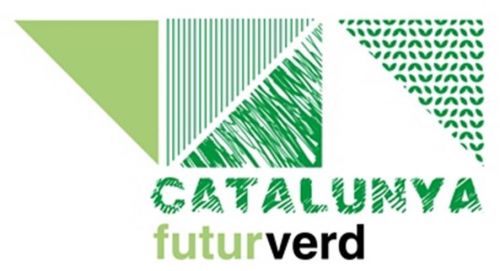
30/11/2018
Barcelona Synchrotron Park’s Commitment to Sustainable Growth
Barcelona Synchrotron Park’s Commitment to Sustainable Growth
This week, the Catalan government has presented the book "Catalonia Green Future" that collects the conclusions and presentations of the cycle of workshops and reflection on the bases of a sustainable economic growth.
Creating economic wealth at the service of society and at the same time preserving the natural capital, that is, the economic value of the services offered for free by nature, is part of the challenge to achieve a necessarily sustainable growth and Barcelona Synchrotron Park does its part.
Indeed, the Park, awarded by the EU Business & Biodiversity label, has already carried out different actions in this field: permeability of road infrastructures, creation of shelters to promote birds and other fauna to control pests, naturalised drainage systems (green ditches) or agreements with farmers to promote biodiversity-suited dry croplands in the green corridor and on undeveloped plots.
The BSP’s global action program designed to enhance its green infrastructure and support biodiversity can be downloaded here.
Creating economic wealth at the service of society and at the same time preserving the natural capital, that is, the economic value of the services offered for free by nature, is part of the challenge to achieve a necessarily sustainable growth and Barcelona Synchrotron Park does its part.
Indeed, the Park, awarded by the EU Business & Biodiversity label, has already carried out different actions in this field: permeability of road infrastructures, creation of shelters to promote birds and other fauna to control pests, naturalised drainage systems (green ditches) or agreements with farmers to promote biodiversity-suited dry croplands in the green corridor and on undeveloped plots.
The BSP’s global action program designed to enhance its green infrastructure and support biodiversity can be downloaded here.
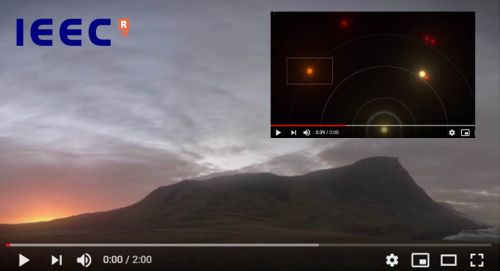
23/11/2018
Astronomers led by IEEC reveal a cold super-Earth around Barnard’s star
Astronomers led by IEEC reveal a cold super-Earth around Barnard’s star
As mentioned last week in our news about the important discovery made by CRAG’s researchers that have obtained plants more resistant to water scarcity, Barcelona Synchrotron Park (BSP) surrounding area is certainly the park’s prime value offered to its companies.
This environment is made of a dense business fabric and the leading research centres of the neighbouring BSP’s Autonomous University of Barcelona (UAB) partner, including CRAG or the Institute of Space Studies of Catalonia (IEEC) from which an international team of astronomers led by Ignasi Ribas of IEEC and Institute of Space Sciences (ICE, CSIC) has found a candidate planet in orbit around Barnard’s star.
Barnard’s star is the closest single star to the Sun and second only to the Alpha Centauri triple stellar system. The team used about 18 years of observations and combined them with new observations with the CARMENES planet-hunter spectrograph at Calar Alto/Spain and other facilities.
Astronomers obtained significant evidence of a planet with mass just over 3 times the Earth’s mass orbiting the red dwarf star every 233 days. This result published last week in the journal Nature would place the super-Earth near the so-called snow-line of the star, where it is likely to be a frozen world.
Video here.
This environment is made of a dense business fabric and the leading research centres of the neighbouring BSP’s Autonomous University of Barcelona (UAB) partner, including CRAG or the Institute of Space Studies of Catalonia (IEEC) from which an international team of astronomers led by Ignasi Ribas of IEEC and Institute of Space Sciences (ICE, CSIC) has found a candidate planet in orbit around Barnard’s star.
Barnard’s star is the closest single star to the Sun and second only to the Alpha Centauri triple stellar system. The team used about 18 years of observations and combined them with new observations with the CARMENES planet-hunter spectrograph at Calar Alto/Spain and other facilities.
Astronomers obtained significant evidence of a planet with mass just over 3 times the Earth’s mass orbiting the red dwarf star every 233 days. This result published last week in the journal Nature would place the super-Earth near the so-called snow-line of the star, where it is likely to be a frozen world.
Video here.
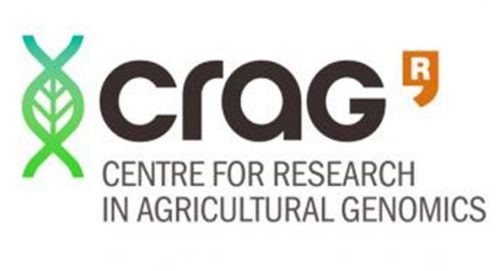
16/11/2018
CRAG’s Researchers discover how to generate plants with enhanced drought resistance
CRAG’s Researchers discover how to generate plants with enhanced drought resistance
Barcelona Synchrotron Park surrounding area is certainly the park’s prime value offered to its companies. This environment is made of a dense business fabric and the leading research centres of the neighbouring BSP’s partner Autonomous University of Barcelona (UAB).
In CRAG, one of these centres, an important discovery recently published in Nature Communications has been made: a research team led by CRAG researcher Ana Caño-Delgado has obtained plants that are more resistant to water scarcity by genetic modifications.
To this date, the scientific community had not been able to obtain a drought resistant plant without affecting plant growth.
Researchers are already working to apply this knowledge obtained with the model plant Arabidopsis thaliana in cereals and horticultural species.
More information here
In CRAG, one of these centres, an important discovery recently published in Nature Communications has been made: a research team led by CRAG researcher Ana Caño-Delgado has obtained plants that are more resistant to water scarcity by genetic modifications.
To this date, the scientific community had not been able to obtain a drought resistant plant without affecting plant growth.
Researchers are already working to apply this knowledge obtained with the model plant Arabidopsis thaliana in cereals and horticultural species.
More information here
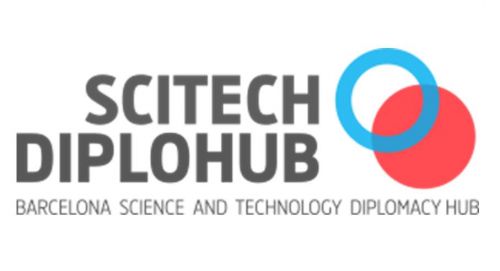
08/11/2018
The Barcelona manifesto: for a city-led science and technology diplomacy
The Barcelona manifesto: for a city-led science and technology diplomacy
“By 2025, the 600 largest urban economies in the world will produce 65% of global economic growth. By 2050, nearly 70% of the world population will be urban. Cities are innovation powerhouses, transforming the international scene and bypassing nation-states and their borders. They have become the early adopters of emerging technologies, testbeds for scientific change and autonomous diplomatic players”.
This paragraph is part of the introduction of “the Barcelona manifesto / For a city-led science and technology diplomacy” presented on November 6 during the launch event of the SciTech DiploHub initiative that aims at making Barcelona the first city to implement a science and diplomacy strategy.
One of the missions is to consolidate Barcelona as an innovation capital. With the Barcelona Supercomputing Center and the ALBA synchrotron, Barcelona has two large-scale scientific facilities that made the Catalan capital be part of these cities that offer to their business and R&D ecosystems the tools to innovate and grow.
The first SciTech DiploHub’s action concerns the SciTech diaspora: it consists in taking advantages of the next Christmas period to start identifying, bringing together and empowering the community of scientists and engineers from Barcelona and alumni of the city’s research centers and universities currently based abroad: this diaspora can help identify practices and opportunities and engage wider audiences around the world.
Good luck to the SciTech DiploHub initiative!
This paragraph is part of the introduction of “the Barcelona manifesto / For a city-led science and technology diplomacy” presented on November 6 during the launch event of the SciTech DiploHub initiative that aims at making Barcelona the first city to implement a science and diplomacy strategy.
One of the missions is to consolidate Barcelona as an innovation capital. With the Barcelona Supercomputing Center and the ALBA synchrotron, Barcelona has two large-scale scientific facilities that made the Catalan capital be part of these cities that offer to their business and R&D ecosystems the tools to innovate and grow.
The first SciTech DiploHub’s action concerns the SciTech diaspora: it consists in taking advantages of the next Christmas period to start identifying, bringing together and empowering the community of scientists and engineers from Barcelona and alumni of the city’s research centers and universities currently based abroad: this diaspora can help identify practices and opportunities and engage wider audiences around the world.
Good luck to the SciTech DiploHub initiative!









